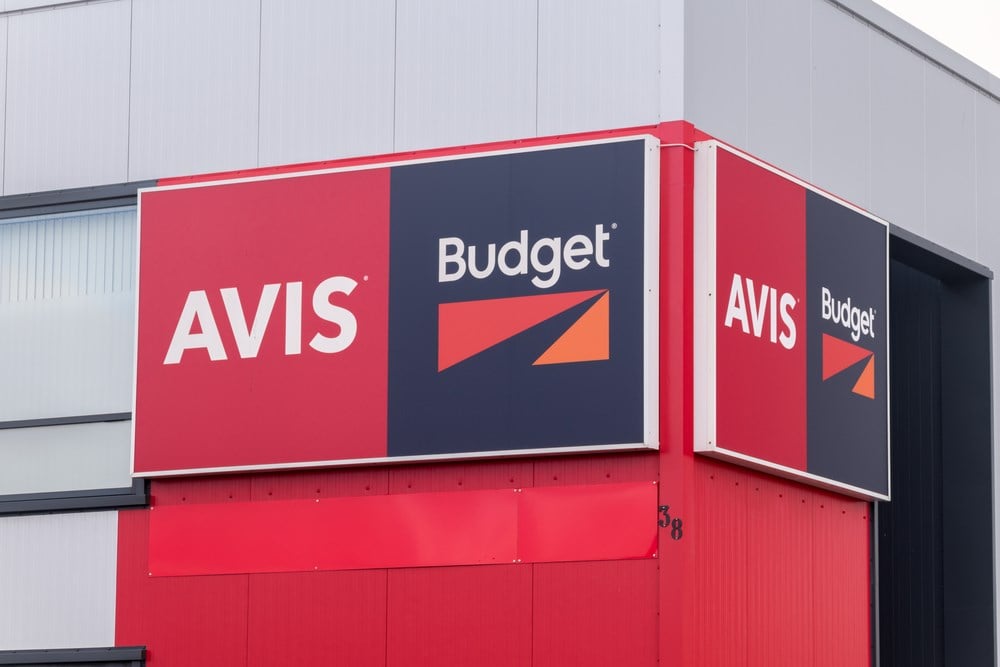 Avis Budget Group (NASDAQ: CAR) stock has been trading within a relatively tight channel for the past year; this can be taken as a sign of indecision from markets facing a directionless market. Despite these initial trends, the underlying transportation industry and its derivatives have shown promising growth in the past few months, aiding the results posted in Avis Budget's second quarter 2023 earnings results.
Avis Budget Group (NASDAQ: CAR) stock has been trading within a relatively tight channel for the past year; this can be taken as a sign of indecision from markets facing a directionless market. Despite these initial trends, the underlying transportation industry and its derivatives have shown promising growth in the past few months, aiding the results posted in Avis Budget's second quarter 2023 earnings results.
Understanding that, despite some contracting levels in the company's financials, there are subtle hints from management pointing to the possibility of the stock being undervalued. Furthermore, looking into the industry's valuation can add to the pool of evidence investors can use to weigh the possibility of a potential purchase.
Considering that Avis Budget has performed in lockstep with competitors like WillScot Mobile Mini (NASDAQ: WSC) during the past twelve months, the central wedge being driven between Avis and the rest of the industry will come from valuation multiples. Showcasing a clear discount to the sector is just another pillar for investors to lean on, and management is well aware of the higher potential ceilings to be had by investing in this stock.
Quarterly Results: A Hidden Gem
Breaking down the company's quarterly earnings results can paint a clearer picture of where the new momentum will come from. As the highlights in the earnings release state, net revenues declined by 4% compared to the same quarter a year prior, which is not affecting shareholders by that much considering the stock's mellow reaction during the post-market hours of Monday evening.
Considering that the stock rose by a mere 0.5% after the earnings results, markets could be taking the financial contractions seen during the quarter as a sign of a bottoming in the underlying cycle that affects the industry. Net earnings declined by a scary 44%, which could have been enough to send the stock plummeting on the breakout of the news. However, earnings per share declined by a more compressed 30% during the period.
The discrepancy between the two line items comes mainly from a management share repurchase program that allocated as much as $200 million toward retiring shares off the open market. Considering that this program represents nearly 2.3% of the company's market capitalization (computed as the stock price multiplied by the number of shares), this could be a significant sign that management believes the stock is undervalued.
A critical driver for the business can be found in the "Rental Days" section of KPIs (Key Performance Indicators), one that grew by 3% during the past year, a trend that ties in with the company's CEO comments. "Summer travel has continued to be robust with elevated peak period demand and seasonality improved pricing..." Seasonal costs may have cost the company its seasonal profitability. However, rising demand may save the day just in time for the cycle to return.
The stock is probably reacting to this seasonality bottoming, as well as the commitment from management to lay down a decent chunk of capital into repurchasing the stock. A final look at the industry dynamics and valuations can close the loop for investors to weigh in on a potential purchase decision.
Tailwinds and Value Gaps
When investors break down the past three months of data within the United States manufacturing PMI index, it becomes clear where the transportation equipment industry has been headed for the past quarter. By showcasing an 'expansion' reading, the transport industry has provided some tailwinds that will eventually trickle down into Avis Budget's financials.
Traders and investors alike follow the industry trends within this index for the much-needed direction within industries, allowing them to drill down into the best choice when it comes to stocks. As the industry begins to show potential through a consecutive quarter of growth, Avis could start to pop in many of these wealthy radars.
Taking a valuation angle at this stock, investors can reiterate these tailwinds by realizing that this stock is cheaper. Avis Budget stock becomes a bargain on a forward price-to-earnings ratio basis, which considers the next twelve months of expected earnings rather than the past, as the traditional P/E would do.
Using this valuation metric, investors can gauge whether they would be overpaying or underpaying for the expected growth within a company's earnings. In the case of Avis Budget stock, when compared to WillScot Mobile stock, a forward P/E of 8.9x would pale next to a much richer 20.9x.
This relative value gap can help investors understand why management has been buying back so much stock during the past twelve months and why they should consider following along now that the industry is beginning to wake up.






